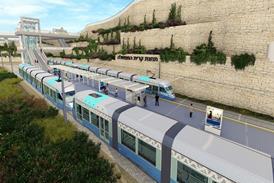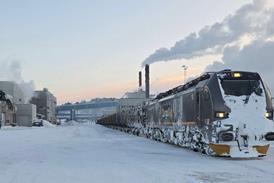UNPRECEDENTED investment in metro projects is planned in India, in the wake of the success of the Delhi metro, where the initial 8·3 km of Line 1 from Shahdara to Tis Hazari opened in December 2002.
The next 4·5 km followed in October 2003, and a third segment was commissioned ahead of schedule in March 2004. The first section of Line 2 opened in December 2004, and good progress is being made with the rest of the route and with Line 3. The metro's popularity has inspired other cities and won the support of Prime Minister Dr Manmohan Singh, who is reported to be following developments closely.
A policy document drawn up by Delhi Metro Corp Managing Director E Sreedharan recommends that metro networks are built in other major cities, with a combined total of around 250 km of route. Plans exist for lines totalling nearly 61 km in Mumbai (RG 2.04 p66), with a 33 km network envisaged in Bangalore, and a 38 km network in Hyderabad. Other cities with plans or feasibility studies include Chennai, Gurgaon, Noida, Kochi and Ghaziaba, while a 22 km east-west route linking Rajarhat to Howrah and New Dasnagar via a tunnel under the Hoogly River would complement the existing north-south line in Kolkata.
As we publish Metro Report 2005 this month, we are encouraged that the benefits of the heavy metro are receiving greater recognition in India. The 20th anniversary edition of Metro Report highlights progress being made in seven major cities, including Caracas, Sofia and Wuhan, with light rail projects in five cities also covered. A detailed analysis of low-floor tram design and related developments in this market is included.
















